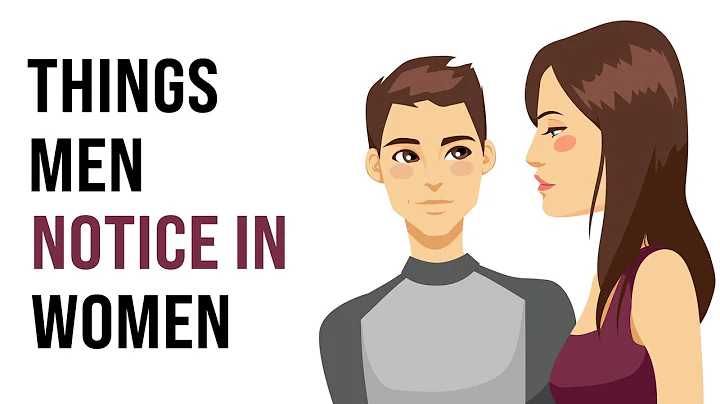
If you have ever experienced knee pain, it is most likely caused by a tight iliotibial band rather than a problem with the knee itself.
The iliotibial band is a thick layer of connective tissue that runs from the outside of the thigh starting at the hip to the knee. It plays an important role in helping people move around. The iliotibial band helps stabilize the hips and knees, especially for high-impact sports like running or jumping. If it becomes tight and inflamed, the patient will soon be able to feel it.
This tightness can lead to iliotibial band syndrome (ITBS), commonly known as "runner's knee". It is a syndrome characterized by pain on the lateral side of the knee joint that occurs due to the friction between the iliotibial band and the lateral femoral condyle.
Patients experience pain when they perform horizontal movements, put more weight on the affected leg, or engage in high-impact activities such as running. For this reason, iliotibial band syndrome is common among runners, cyclists, and people who walk long distances.
How to stretch the iliotibial band?
To relieve the pain caused by a tight iliotibial band, patients often try to stretch the iliotibial band by doing lateral lunges. However, it turns out that this common stretch does little to relax the iliotibial band. Research on the iliotibial band structure shows that it is unlikely to be fully stretched because the iliotibial band is too strong. Likewise, rolling a foam roller over the area won't provide much relief.
While typical stretching can make patients feel slightly better, it has no substantial benefit because it has no healing properties. A better strategy for relieving the pain caused by a tight iliotibial band is to stretch the muscles surrounding it.
When there is a lack of stretch in the hip (a chain reaction of events), it is often accompanied by iliotibial band syndrome. At this time, it is difficult for the patient's gluteal muscles to participate in sports, and they have to push more weight to the outside of the thigh to compensate. The iliotibial band and calf become tight as a result, and the mechanics of the entire leg change.
To target the right muscles, repair movement and movement patterns, and relieve pain caused by iliotibial band syndrome, try the following stretches and hold each move for at least 10 seconds.
pictures/Jasmine
action demonstration/Chen Xuesu
venue provided/Moying moment fitness
Action 1 Stretching the gluteal muscles
This stretching action helps relieve the tension of the gluteal muscles, which can cause iliotibial band pain.
Practice:

1. Lie on your back on the fitness mat, bend your knees and put your feet flat on the ground;
2. Lift your left foot toward the ceiling, raise your right arm, grab your left ankle with your right hand, and pull it toward your chest. The calf is perpendicular to the body;
3. Maintain this position for 10 seconds, return to the starting position, and then switch to the other leg to do the same action. A complete action is completed, a total of 5 times;
4. To further stretch the buttocks Muscles, you can straighten the leg that is not stretched on the ground.
Action 2 Stretch the hip abductor muscles
If the iliotibial band is overused, it is easy to feel pain on the outside of the thigh, because the iliotibial band connects the knee and gluteal muscles.
Practice:

1. Sit on the fitness mat, bend your knees, and put the soles of your feet together in front of you; put your hands behind you to maintain your balance;
2. Sit up straight, tilt your pelvis forward , and lower your legs toward the floor. sink; then relax, knees slightly upward;
3. Maintain this position for 10 seconds, then return to the starting position; repeat the above actions 10 times.
Action three Rotate the lumbar spine
Method:

1. Lie on your back on the fitness mat, wrap an elastic band around the outside of your left ankle, hold both ends of the elastic band with your right hand, raise your left leg, and point your left foot towards the ceiling;
2.Left leg Straighten, pull the elastic band to the right, cross your left leg across your body, and put your left hip on the floor;
3. Maintain this position for 10 seconds, return to the starting position, and then do the same on the other side of your body Action, one complete action is completed, a total of 5 times.
动作四拉伸股四头肌
做法:

1. 上半身平躺在训练凳上,用左手握住左侧脚踝,左腿向后弯曲;右手抱住右膝,右膝抬高, the right thigh is perpendicular to the ground;
2. Maintain this position for 10 seconds, return to the starting position, and then switch to the other side of the body to do the same action. A complete action is completed, and a total of 5 times are done.
Action five Stretch the quadriceps and hips against the wall
Practice:

1. With your back to the wall, kneel in front of a wall; bend your left knee at a right angle, and place your left arm flat on top of your left thigh; Lift your feet back and lean the instep against the wall;
2. Maintain this position for 10 seconds, return to the starting position, switch to the other side of the body and do the same action. A complete action is completed, and a total of 5 times .
Action six Use yoga stretching belt to stretch the quadriceps
Practice:

1. With your back to the training bench, stand in front of the training bench, place your left foot on the ground, and place your right knee on the training bench;
2 .Lift your right knee back and wrap the yoga stretching belt around your right ankle; bend your left knee at a right angle and lean your body slightly forward until you feel the stretch in your right quadriceps and hip flexors;
3. Keep Hold this position for 10 seconds, return to the starting position, and do the same action on the other side of the body. A complete action is completed, and a total of 5 times are performed.
Action seven Rotate the spine
Practice:

1. Sit on the ground, bend your knees and put your feet flat on the ground;
2. Rotate your torso to the right, stretch your arms straight in front of you, then turn to the right, eyes Look behind you;
3. Maintain this position for 10 seconds, return to the starting position, and do the same action on the other side of the body, a total of 10 times. ■





















